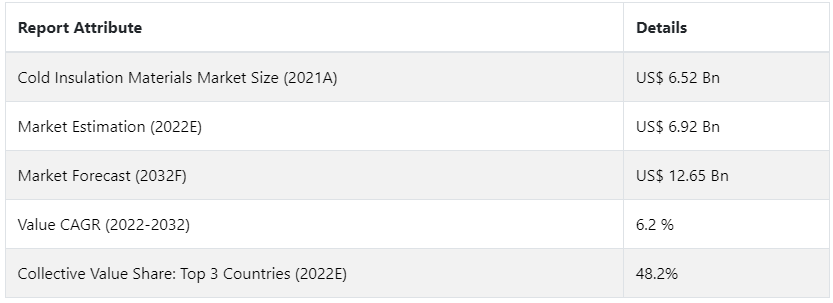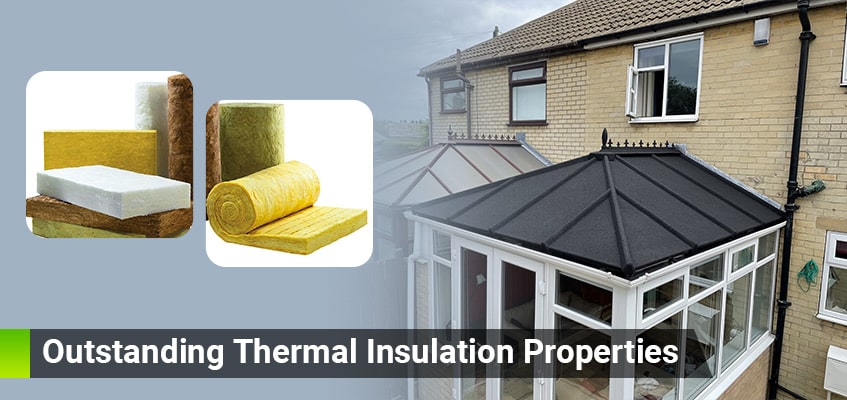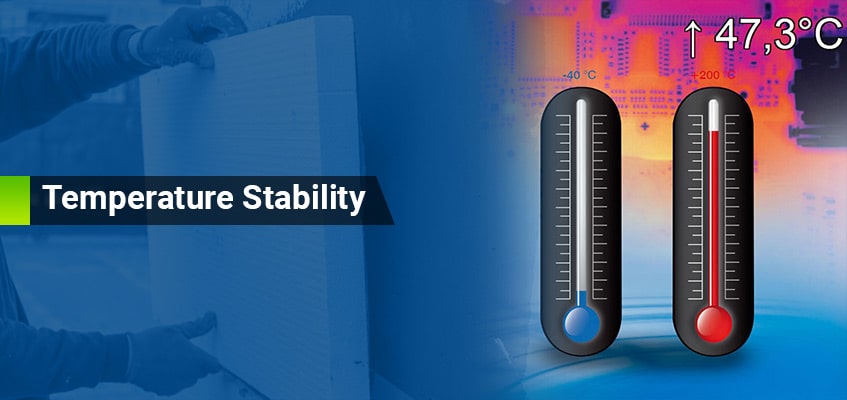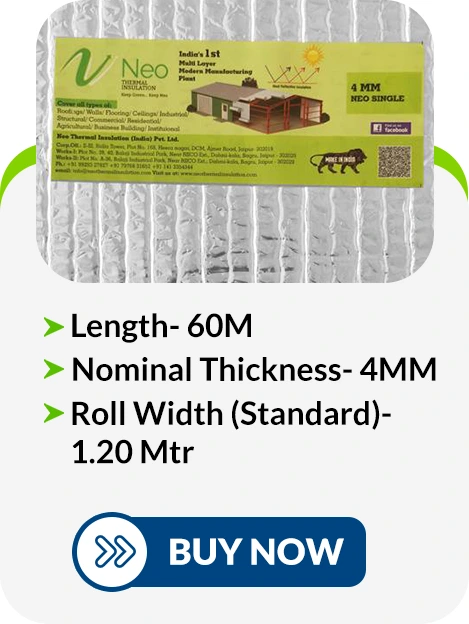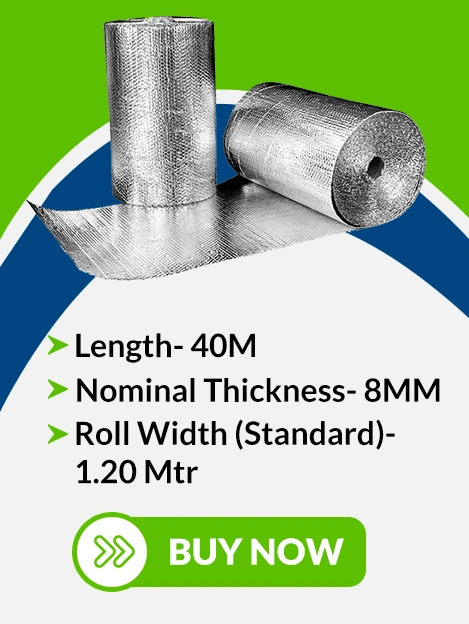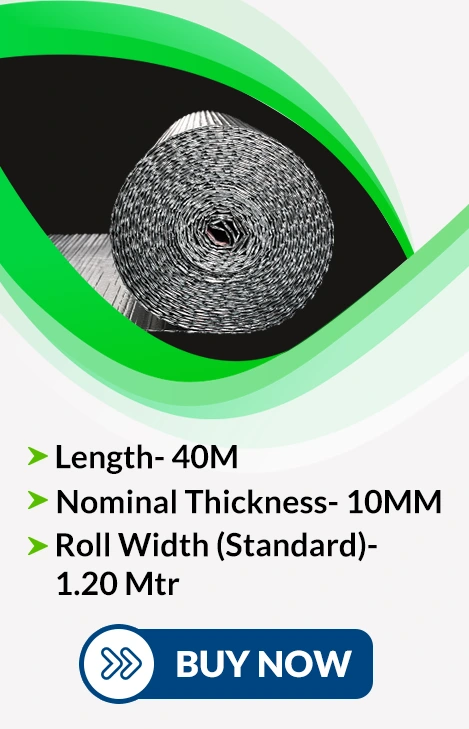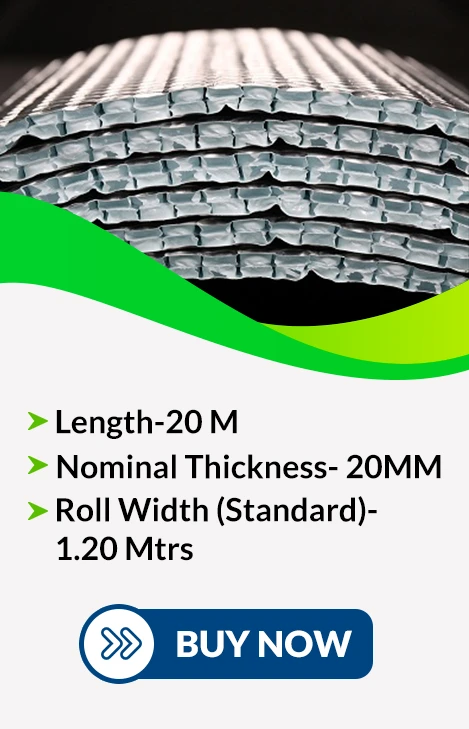Cold Insulation Materials: Types, Features and Benefits
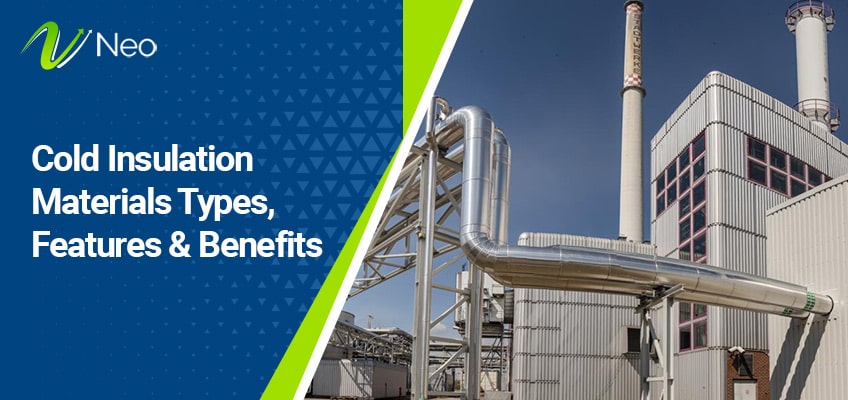
What is Cold Insulation Material?
Cold insulation materials offer substances or products used to prevent the transfer of heat in environments where maintaining low temperatures is crucial. These insulation materials are developed to minimize thermal energy transfer, helping to maintain a controlled and stable cold environment. Here are some best examples of cold insulation materials including polyurethane foam, polystyrene, fiberglass, and various types of cold room panels specifically designed for cold storage insulation facilities and refrigeration systems.
These panels find application in various parts of the cold room, including floors, walls, and roof Insulation. To ensure their effectiveness, additional supporting materials are necessary. Their use significantly contributes to preventing temperature fluctuations and reinforces the overall structure of the cold room or cooling room panels, minimizing the risk of air leakage.
Businesses often rely on these panels not only for maintaining consistent temperatures within cold rooms but also for general cold insulation purposes, considering their numerous benefits.
Cold Insulation Material Market Report
Recent data on the global cold insulation materials market indicates a sales value of approximately US$ 6.92 billion in 2022, with a year-on-year growth of around 6%. Projections suggest that the global demand for cold insulation will experience a 6.2% compound annual growth rate, reaching an estimated US$ 12.65 billion by 2032.
Throughout the next decade, East Asia and North America are anticipated to remain crucial regional markets for cold insulation material suppliers, with expected compound annual growth rates of 6.8% and 6.1%, respectively.
What are Cold Room Insulated Panels?
Basically, an insulated cold room panel is a building material consisting of a shielding layer of inflexible core between two strata of structural board. The core can be developed from either XPS or EPS and the structural board could be plywood or cement. These panels are extensively used in cold rooms to maintain the temperature inside the structure, prevent air leakage, and make the structure stronger.
Multiple components of cold insulation materials are combined with SIPs. The application of these panels can be on flooring, external walls, and rooftops. We can use these panels to tackle many different problems. Most commonly the insulated panels are used in cold rooms and refrigerated vehicles. Across the globe, insulated panels are used broadly for thermal insulation material.
Cold Room Basics
A cold room can store a variety of goods like frozen goods, delicate chemicals, etc. As far as the designing part is concerned, it is quite challenging. These are three elements that constitute insulate cold room walls:
Read Also: Insulation for External Walls: Cost and How it Works?
Interlocking freezer walls: These walls are thermal panel walls and they are designed to eliminate any potential gap in the structure.
Flooring: The concept of flooring is to prevent heat transfer from the surface of the floor. Many flooring nowadays is double insulated and sealed.
Roofing: The roof is a sensitive area that shall be protected from heat transfer as it is mostly exposed to sunlight. As a solution, it can be double insulated to protect from external heat.
In short, you can get all-around insulation for your structure by getting a thermal insulator plant installed by a genuine thermal insulation company. The thermal panels, walls, and flooring act as a good medium to keep an environmental balance. Materials have traits to transfer heat from each other. For example, steel is a metal that can be very hot and cold and it can transfer the same temperature to any surface around it. Here, a thermal insulation system comes into place which can prevent this heat transfer by keeping away the heat from the insulted area.
Insulate Your Home Now With Cold Insulation!
Types of Cold Insulation Materials
Various types of cold insulation materials are used for cold insulation, each with its unique properties and applications. Here are some types of cold insulation materials:
1. Polyurethane Foam
It is known for its low thermal conductivity and suitability for below-freezing temperatures. Polyurethane Foam also exhibits low smoke emission and low water vapor permeability.
2. Polystyrene:
Polystyrene offers good thermal resistance and it is often used in the form of expanded polystyrene (EPS) or extruded polystyrene (XPS) for cold insulation and cold room panels.
3. Fiberglass:
It is a widely used material that provides effective thermal insulation for cold environments, mostly used in the form of blankets, boards, or preformed pipe sections.
4. Phenolic Foam:
Known for its excellent fire resistance and low smoke emission, making it suitable for cold insulation in areas with strict fire safety requirements.
5. Polyisocyanurate (PIR) Foam:
Exhibits low thermal conductivity and high fire resistance, often used in cold storage and refrigeration applications where fire safety is a priority.
6. Cellular Glass:
Offers high compressive strength and resistance to moisture, making it suitable for cold insulation in areas where moisture infiltration is a concern.
These cold insulation materials are utilized based on specific requirements, such as the desired temperature range, environmental conditions, and application areas, in industries such as food storage, pharmaceuticals, and cold chain logistics.
Benefits of Cool Room Panels
If you’re involved in handling fruits, foods, or even wine, maintaining the appropriate storage temperature is crucial. While a standard refrigerator or cellar might suffice for smaller quantities, they aren’t the most practical options for handling large volumes of goods. This is where the integration of cooling room panels becomes imperative. If you find yourself uncertain about investing in these panels, continue reading to understand the myriad benefits they can bring to you and your business.
1. Outstanding Thermal Insulation Properties
A key advantage of the cold room panels available at Central West Refrigeration lies in their exceptional insulation capabilities. The insulation properties play a critical role in achieving precise control over the temperature within your refrigerated space. Whether you opt for a panel with a cell structure or board insulation, you can count on impressive thermal performance with any of the available solutions.
2. Enhanced Energy Efficiency
In Australia, energy expenses pose a significant challenge for numerous industries. Regulating room temperatures often leads to substantial cooling costs. However, integrating cool room panels can alleviate this burden. These panels not only enable better control over interior temperature using less energy but also contribute to stabilizing the overall environment.
3. Temperature Stability
A notable feature of these cool room panels is their ability to maintain a consistent environment. Similar to the operation of a freezer, the panels facilitate passive temperature control, ensuring heightened efficiency and a comfortable atmosphere within the refrigerated rooms.
4. Cost-effective and Low-Maintenance Solutions
Given the current economic climate, many businesses operate under stringent budget constraints. Therefore, investing in efficient cooling equipment is a critical consideration for any budget-conscious business owner. Cool room panels offer a practical solution; they allow for rapid construction, minimizing the number of trades required and reducing overall cold insulation materials and operational costs.
5. Versatile Design and Safety
Renowned for their adaptability, panels designed for the commercial refrigeration industry come in various colors, shapes, sizes, and construction materials. Whether for interior walls, roofs, or exterior walls, cool room panels cater to diverse design requirements.
Additionally, these panels prioritize safety and hygiene. With high fire ratings and long-term performance, they provide enhanced protection for both your goods and your well-being.
Features and Dimensions of Cold Room Insulated Panels
Cold room panels are commonly produced in small sections for convenient transportation and application. Their thickness typically ranges from four to nine inches, depending on the specific requirements of the cold room design.
Experts strongly advise integrating these panels during the initial construction phase. This approach not only reduces costs and effort but also ensures the overall structural integrity of the cold room. Installing the panels post-construction may lead to suboptimal performance and potential cold air leakages.
Read Also: Types of Materials for Sound Insulation for buildings
Installation of Cold Storage Insulation
The installation majorly depends upon the size and type of cold storage insulation materials. Cold room panels are most needed in Cold Rooms having a very large area. There are cold room kits available that provide a complete description of cold insulation. The following are the prerequisites in order to begin the installation process:
- Insulation Panels
- Measuring Tape
- Allen Key
- Screw & Screw Driver
The first step after collecting all the tools is to ensure the correct type of panels as per your building. For that reason having the correct amount of thickness of the PU panel is very important as they are going to get fixed in the targeted areas. Make use of the measuring tape and take proper measurements of the ceilings & walls to the floors.
All the measurements should be very accurate including the corner gaps and spots where the walls have any leakage or mouse holes. You can then cut the insulation panels as per the measurements so that they fit perfectly. Now the installation step comes. Begin with installing the panels at the corners and then cover the area to the center. The Allen key will help to fix the lock properly.
Schedule Your Cold Insulation Installation Today!
You need to ensure that the locks are tightly fixed as loose locks tend to come out slowly over time, resulting in gap and energy loss. Maintaining proper temperature in cold rooms is quite a challenge especially when you have no technical knowledge. If you are doubtful, then you can contact a thermal insulation company and they will provide you cold insulation materials with an experienced cold room professional installer to do this job for you.
Conclusion
In the end, it is quite clear that cold room insulated panels provide strength and stability to your cold rooms. Although, there are also some disadvantages attached to it. The installation of cold room panels offers numerous benefits, enhancing the thermal insulation of your cold room. Beyond lowering energy expenses and ensuring the prolonged and efficient operation of refrigeration components, these panels contribute to bolstering the structural stability and integrity of cold rooms. If you are doubtful, then you can contact a thermal insulation company and they will provide you with an experienced cold room professional installer to do this job for you. Choosing the Neo Thermal Insulation for cold insulation is a highly favorable decision. The company is renowned as a leader in cold insulation materials.
Also, as we all know apart from being thermally insulted, cold rooms should also be able to control bacteria, grease, and dust. Therefore one should choose wisely to make the structure resistant to pests and dust. The insulated panels must have a minimum R-value of up to 40 and they should give high thermal efficiency.
Frequently Asked Questions
1. What is Cold Insulation?
Heat insulation aims to minimize heat loss, while cold insulation focuses on minimizing the loss of cold air. Moreover, the insulation of both hot and cold systems and building equipment holds a safety significance.
2. What is cold insulation in piping?
Insulating cold pipes is essential for maintaining the temperature of drinking water, chilled water, air conditioning, and outdoor wastewater piping. This practice effectively prevents the heating of transported water and air at low temperatures.
3. What is the best cold insulation material?
Polyurethane Foam is an ideal choice for managing materials with temperatures below freezing, offering excellent thermal conductivity. This type of foam is also known for its minimal smoke emission and effective resistance to water vapor permeability.
4. What are cold room panels used for?
Rooms with ambient temperature control typically maintain temperatures ranging from +10 to +30 degrees. Cold room panels find application in constructing both ambient areas and walk-in cold rooms. These insulated panels play a crucial role in safeguarding temperature-controlled rooms from external environmental conditions.
